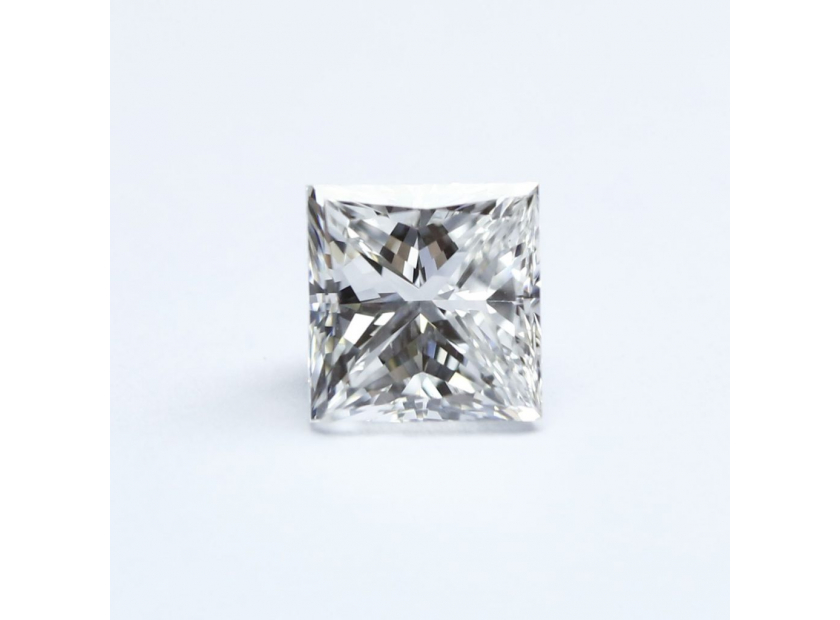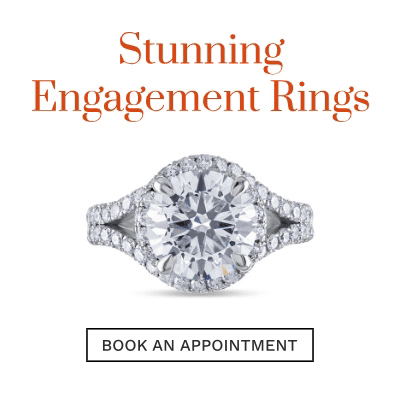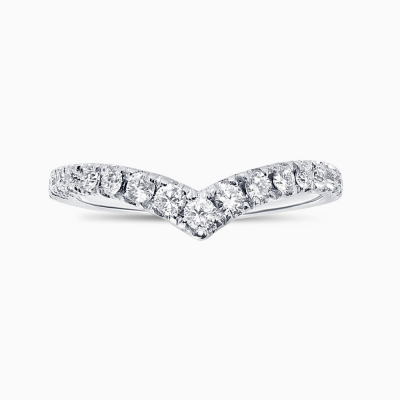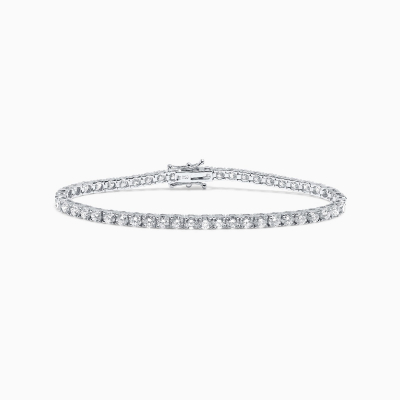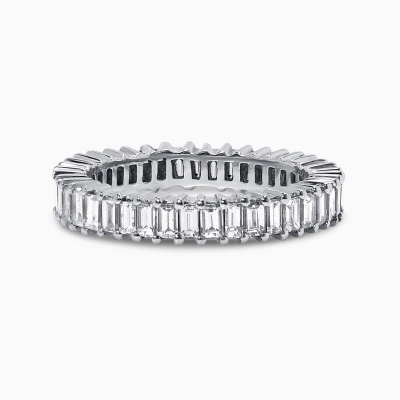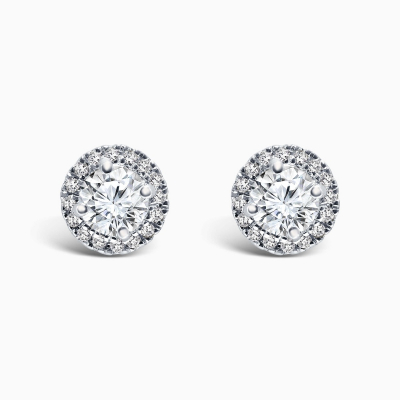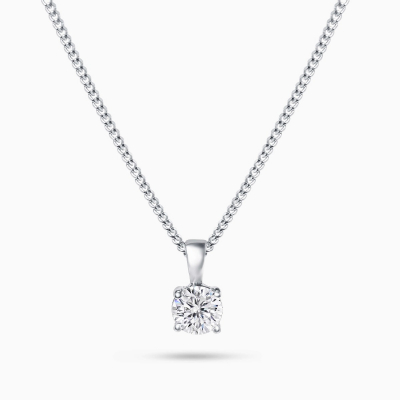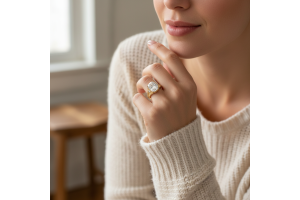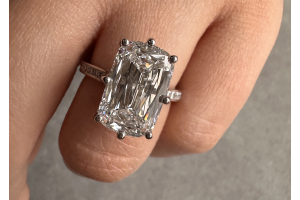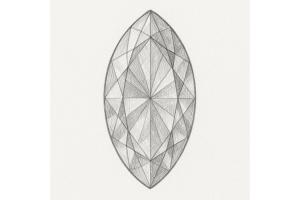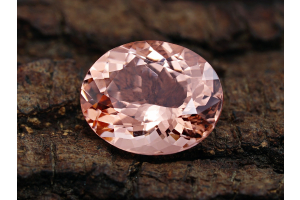GBP
/
GBP
/
Shipping to:
Currency:
Does Size Really Matter When Buying A Diamond Engagement Ring?
Even today the giving of a diamond engagement ring is seen as the ultimate expression of commitment, the symbol of how big your love is for your partner. With all the factors you must consider when buying a diamond, that nagging question still remains: Will the diamond I buy be big enough? Does the size of the diamond really matter when buying an engagement ring? Historically there is a common misconception in society that the bigger the stone, the bigger the love.
Maybe we should blame this on the very first person to give a diamond engagement ring, Archduke Maximilian when he proposed to Mary of Burgundy with a stunning diamond engagement ring in the shape of an “M”. Since then, an engagement ring seems to be incomplete without a stunning and enormous, diamond sparkling out for it. The common misconception of many people is to only judge a diamond by its carat weight as this is the easiest factor to spot, they equate carat weight with the “size” of a diamond. When a sensational diamond engagement ring is seen on a woman’s hand, they immediately ask themselves ‘how many carats is that diamond?’ The truth is, you can achieve some of that same impact and dazzle by not only considering the carat weight but by focusing on other diamond factors that we call the ‘4cs of diamond grading’. The ‘4cs of diamond grading’ will help any diamond amateur to judge if the stone is worth the investment. The basic 4 c's of diamond grading are colour, cut, clarity, and carat weight. While the rest of the world think that carat weight alone should be the basis of defining the value of the proposal ring, this is not the case.There are other factors to consider before you choose your engagement ring – it is not all about the carat weight! Diamond Colour The "colour" part of the four C's of diamond grading, not surprisingly, refers to a diamond's colour. A diamond is priced also based on the "whiteness" of the stone.
The top grade given to a diamond is the letter D, meaning the diamond is very white and conversely a Z-grade is given to diamonds with tints of yellow, grey or brown. The vast majority of diamonds sold range between F and J. While a whiter diamond doesn’t necessarily compensate for size, it makes for a more beautiful and impressive diamond. However, differences between colour grades are very slight and hard to see with the naked eye, which means you can compromise a little on colour and still buy a beautiful diamond. Diamond Clarity In addition to its colour, a diamond is also graded based on its "flawlessness." The grade "clarity" is given to determine the blemishes and internal inclusions that a diamond has. The clearer the diamond, the more light has a chance of passing through it smoothly which is what causes the beautiful sparkle that many people desire. However, if a diamond has a considerable number of flaws and inclusions, it could greatly influence its glimmer. Some people may have smaller diamond stones, but they can be very clear and very sparkly or another way to save money is to focus on well-cut diamonds of good colour that have a lower clarity grade.
Explore Our Collections
Diamond Cut For many women when it comes to diamond size and diamond sparkle, they will opt for the more brilliant stone. A diamond engagement ring with a great cut can capture the attention of many admiring eyes even from a distance, as the way that a diamond is cut and proportioned directly affects how the light shines through it to cause the desired sparkle. The more intricate the cut of the diamond ring, the more glimmer it will give out. For example, in round diamonds, well-cut diamonds tend to be more expensive, but they also sparkle more, allowing you to compromise on carat weight and still get impact that will absolutely bring many "oohs" from admiring friends. You can make a big impression with your diamond engagement ring by choosing a well-cut centre stone flanked or surrounded by smaller and less expensive diamonds. Other factors Also consider the influence of shape of your diamond. If you are going for the illusion of size, a fancy-shape diamond such as emerald, pear or marquise gives you a larger table size, or top surface area.
This makes the diamond look larger, regardless of carat weight. Some settings, such as a halo, can also make diamonds appear larger. So now that you have an overview of the 4 C’s it is your decision as to which factor holds most importance to you. For example, if size is what really matters to you then you may give that the most priority and move down on the gradience with other C’s of course based on your budget. However do bear in mind that as we have pointed out diamond quality matters just as much, if not more, than size — in fact, the bigger the diamond, the more poor quality shows. If your budget requires you to make trade-offs, always err on the side of quality to make a big impression with your diamond engagement ring. For example, you might consider a high-quality (but smaller carat weight) centre diamond flanked or surrounded by smaller and less expensive diamonds. This can create the big wow factor you’re looking for, while still working within your budget. At the end of the day whatever your decision it is the thought and love that has gone into choosing your perfect diamond engagement ring that is much more important.



